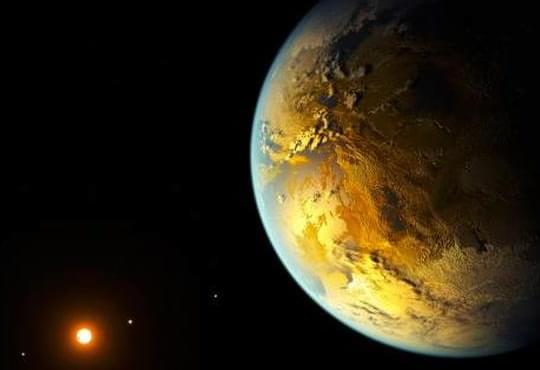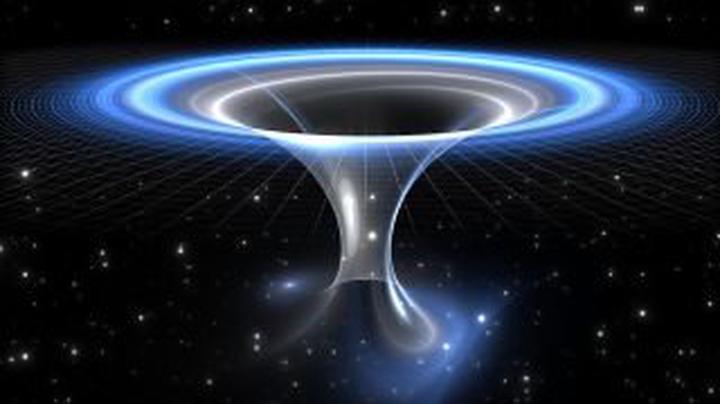For more information please go ➼ https://nordvpn.com/spacetime.
PBS Member Stations rely on viewers like you. To support your local station, go to: http://to.pbs.org/DonateSPACE
Sign Up on Patreon to get access to the Space Time Discord!
https://www.patreon.com/pbsspacetime.
The discovery of the Higgs boson ten years ago in the Large Hadron Collider was the culmination of decades of work and the collaboration of 1000s of brilliant and passionate people. It was the final piece needed to confirm the standard model of particle physics as it now stands. There are still many outstanding questions — for example, it seems like nothing in the standard model can explain what dark matter is. So the discovery of the Higgs wasn’t the end of particle physics — but it may be the way forward. Many physicists think that the secret to finding the elusive dark matter particle will come by studying the Higgs. In fact, the first tantalizing evidence is already in.
Check out the Space Time Merch Store.
https://www.pbsspacetime.com/shop.
Sign up for the mailing list to get episode notifications and hear special announcements!





